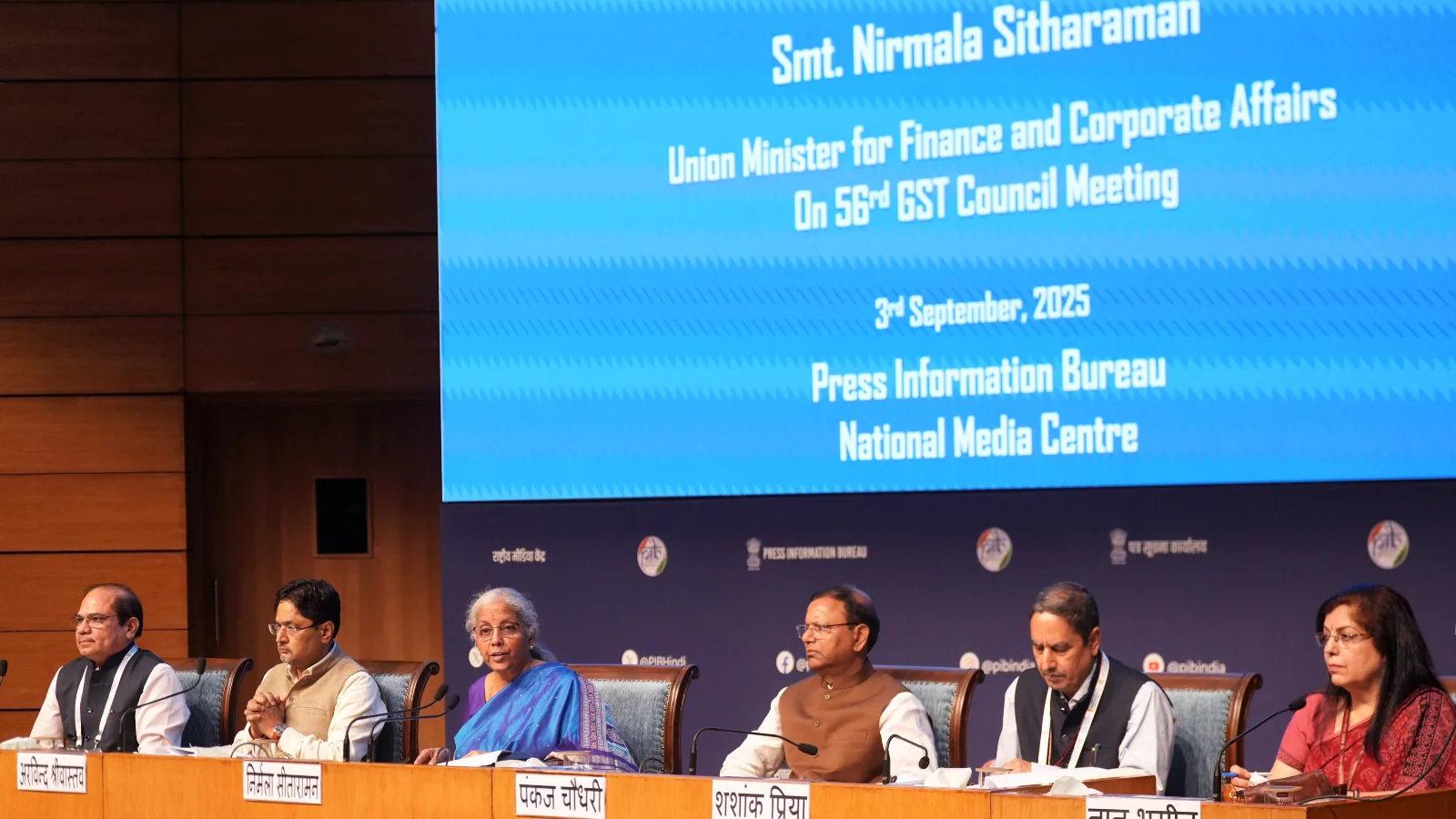By News18,Sriram Balasubramanian
Copyright news18

The much talked about GST second generation reforms provided a breath of fresh air for citizens. Economists have been urging policymakers to refine the GST ever since its inception in 2018 to a single or dual rate system which was the original intent of the reform itself. While there has been a lot of debate on the modalities of the rates — 5 per cent, 18 per cent and the 40 per cent – and the need to refine various types of it, it’s important to take a step back and look at the big picture. This is a triumph of the democratic spirit of the country and reflects strength of economic institutions that we have nurtured in the last few decades especially post economic liberalisation.
Economic boost to the common man
First, on the economics behind the GST reforms. There is no second thought on the importance of simplification, ease of compliance leading to greater revenue mobilisation and standardisation of GST across products. As noted by some commentators, the earlier version actually included as much as eight tax slabs, excluding the exemptions with rates ranging from 0.25 to 28 per cent. This was a much more complicated system compared to other countries which had mostly a three rate structure for the GST (Bhasin, Virmani 2021). The current GST reforms aim to achieve some of these objectives and is by and a large very good effort in addressing some of the issues in the present structure. While the implicit benefit of providing stimulus to the economy in the short run and in the long run greater indirect tax compliance and stability, it also reflects the increasing efficacy of economic institutions and their functioning.
Scale and complexity like no other
GST — through the aegis of the GST council — represents the most democratic forum of decision making on a singular policy in Bharat’s history and perhaps even the world. Canada has a council of federation which provides together 13 provinces but its more of political coordination forum. Australia’s Council on Federal Financial Relations (CFFR) is a similar forum but has only about eight states part of it and much lesser in scale. Same is the case with European Union – ECOFIN Council (Economic and Financial Affairs Council) though it has supra national sovereignty shared compared to the GST council which is under one federal nation. The Federal Reserve in the US is perhaps a similar deliberative body on economic issues but nowhere near as complex. None of these come close to the scale and complexity of the GST council.
Democratic and consensus building
The Union Finance Minister is the Chairperson whereas all the state finance ministers are members including all the States and UTs in the country. Decisions are made by 75 per cent majority weighted votes where the union government has 1/3 votes and all states put together has 2/3 votes. In simple terms, due to weighted voting, all decisions have to be taken with both Centre and collective states together with either of them not vetoing decisions on their own. There has to have a consensus between the states and the Centre before the GST rates have been implemented. This is a huge ask for Finance Minister Nirmala Sitharaman to anchor and deliberate upon and bring together various stakeholders across opposition parties on board. This also nullifies the opportunistic jibe that this happened only because of the Trump tariffs which forced the government into action. No matter what the external situation, if the various states were not on board, how would it be possible to push through this reform during this time? If not for the various deliberations prior to the GST council meetings over the last few years, how would this growing consensus have been established? Much credit has to go to the policymakers and the Finance Minister and the Prime Minister for steadfastly pursuing this consensus building in the background with various stakeholders and also used an opportune moment.
Economic institutions par excellence
This is not a one-off case by any means. Economic institutions in Bharat have excelled in recent years. Whether it’s the monetary policy committee in the Reserve Bank of India (or the RBI itself for that matter), or the Finance Commission of India or the Insolvency and Bankruptcy Code (IBC) and other institutions of economic policies have faired with excellent credentials. Institutional economic frameworks within Bharat have enabled rules based, inclusive and fair based representation of a variety of views in economic policymaking in the Bharatiya context. This is testimony to the democratic spirit of most of our economic policy frameworks and the GST council is a much bigger body which continues in this tradition.
We are often criticised by the naysayers on the lack of efficacy of our institutions and this leads to more inefficiencies in governance and public policy. The success of the GST reforms and the functioning of economic institutions have often proven the doubters wrong more than once in terms of their democratic spirit, inclusive structure and also fair representation of the economic challenges across board. I have often argued in my books and research that institutions alone don’t matter for Viksit Bharat and that understanding the cultural way of life is as important. Nevertheless, the success of the GST reforms reflects a much wider success story of economic institutions which is as important as economics of the reforms itself.
Sriram Balasubramanian is an economist and best-selling author of Dharmanomics and Kautilyanomics for modern times. All views are personal and do not reflect that of any organisation.



